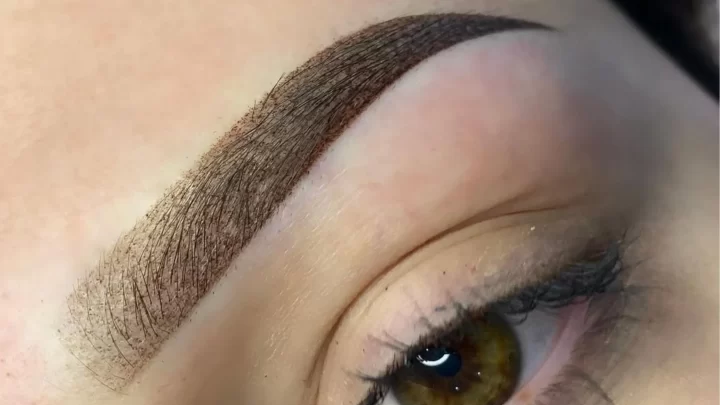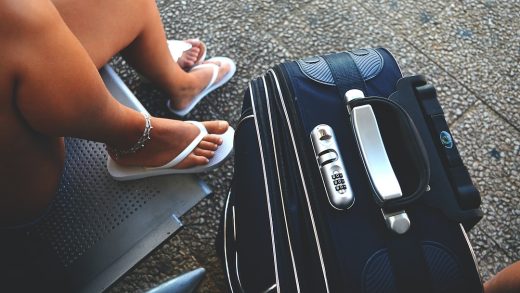Microblading has changed the beauty game by offering a semi-permanent solution for fuller, natural-looking brows. This cosmetic tattooing treatment uses a handheld tool to create fine, hair-like strokes that look like real brow hair. But before you commit to this beauty treatment, you need to ask your microblading technician the right questions to make sure you’re in good and experienced hands. From the microblading process to aftercare instructions, this guide will cover everything you need to know to get started.
Are You Certified and Licensed?
The first thing to do when looking for a microblading artist is to check their credentials. Certification and training are key to making sure your technician has the microblading skills to do the treatment safely and correctly. Reputable artists will have done formal training through microblading courses and have microblading certifications from a recognized institution. This means they have hands-on training in the art of microblading, including how to use the microblading pen, pigment application and client safety protocols.
Can I See Your Portfolio?
A good artist will have a portfolio of their work with different brow shapes, skin tones and brow colours. Looking at before and after photos of previous clients will give you an idea of their skill level and if their style matches your natural brow shape and aesthetic. A skilled microblading artist can shape the brow to suit your face and create natural brows that enhance your features.
What Is Your Hygiene Protocol?
Microblading involves making small incisions in the skin, so hygiene is key to reducing the risk of infection. Ask about their sterilization practices, whether they use disposable needles, sanitized microblading tools, and a clean workspace. Adhering to industry standards minimizes the risk of complications during and after the treatment.
Do You Do a Patch Test?
A patch test is necessary to test for any allergic reactions to the pigments or numbing cream used during the treatment. This is especially important for clients with sensitive skin or pre-existing skin conditions. A good microblading artist will do a patch test at least 48 hours before the treatment so the pigments and products are safe for your skin type.
What to Expect During and After?
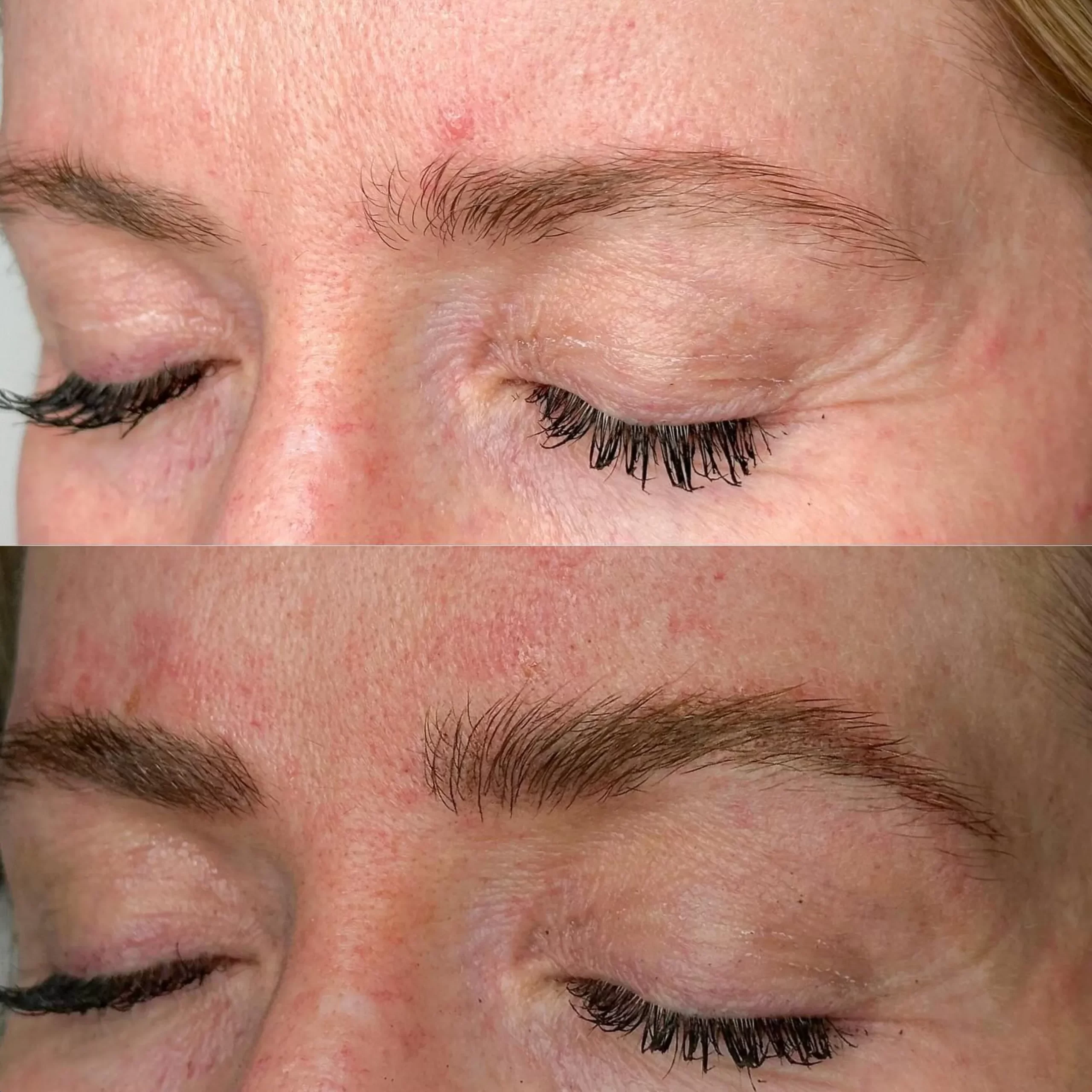
It’s super important to understand the microblading procedure and healing process to get the best results. During your first session, the technician will use a handheld tool to create fine hair-like strokes to mimic the natural shape of your brows. After the session, you will get detailed aftercare instructions, including no sun, no water, and the use of an aftercare cream to promote proper healing and pigment retention. Healing time is 7-14 days, but it can take up to 6 weeks for the true color to settle. Many also do powder brows as an alternative to microblading for a soft, shaded look.
How Long Will It Last?
Microblading is a semi-permanent procedure, and the results can last 1-3 years, depending on your skin type, lifestyle and aftercare. Oily skin types will fade faster and may need more frequent touch-ups. Talking to your brow artist will help set realistic expectations for your new brows. Some do cosmetic eyebrow tattoos as a more permanent alternative to microblading.
What are the risks?
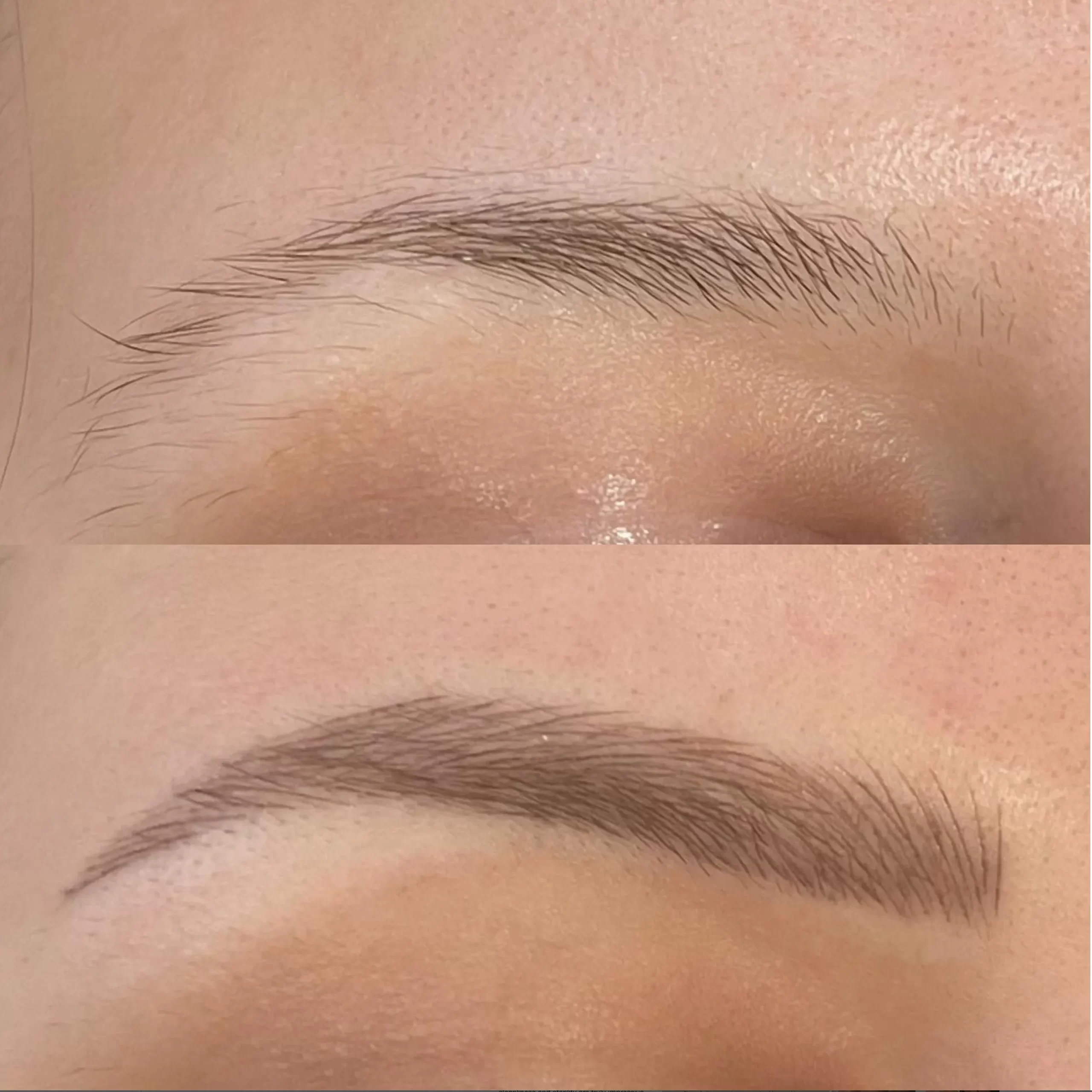
While microblading is safe, it’s important to understand the risks. Infections, uneven brows or pigment fading from excessive sweating or direct sun exposure are possible. A skilled technician will take precautions to minimize these risks and get your brows to heal beautifully.
Can I Customize My Brows to My Face Shape?

Customizing the brow shape is a big part of microblading. A professional technician will take into account your skin tone, hair color and natural brow shape when designing your new brows. This will ensure a natural look that matches your features. Many do microblading for the way it enhances their natural beauty.
What training and certifications do you have?
A good microblading technician should have completed a full training program, which includes online courses and hands-on training. Ask about their training duration, what training they received and what’s in their microblading kit. Proper training means they can handle different clients and skin types whether they specialize in microblading, powder brows or combination.
What About Special Cases, Like Sparse Eyebrows or Oily Skin?
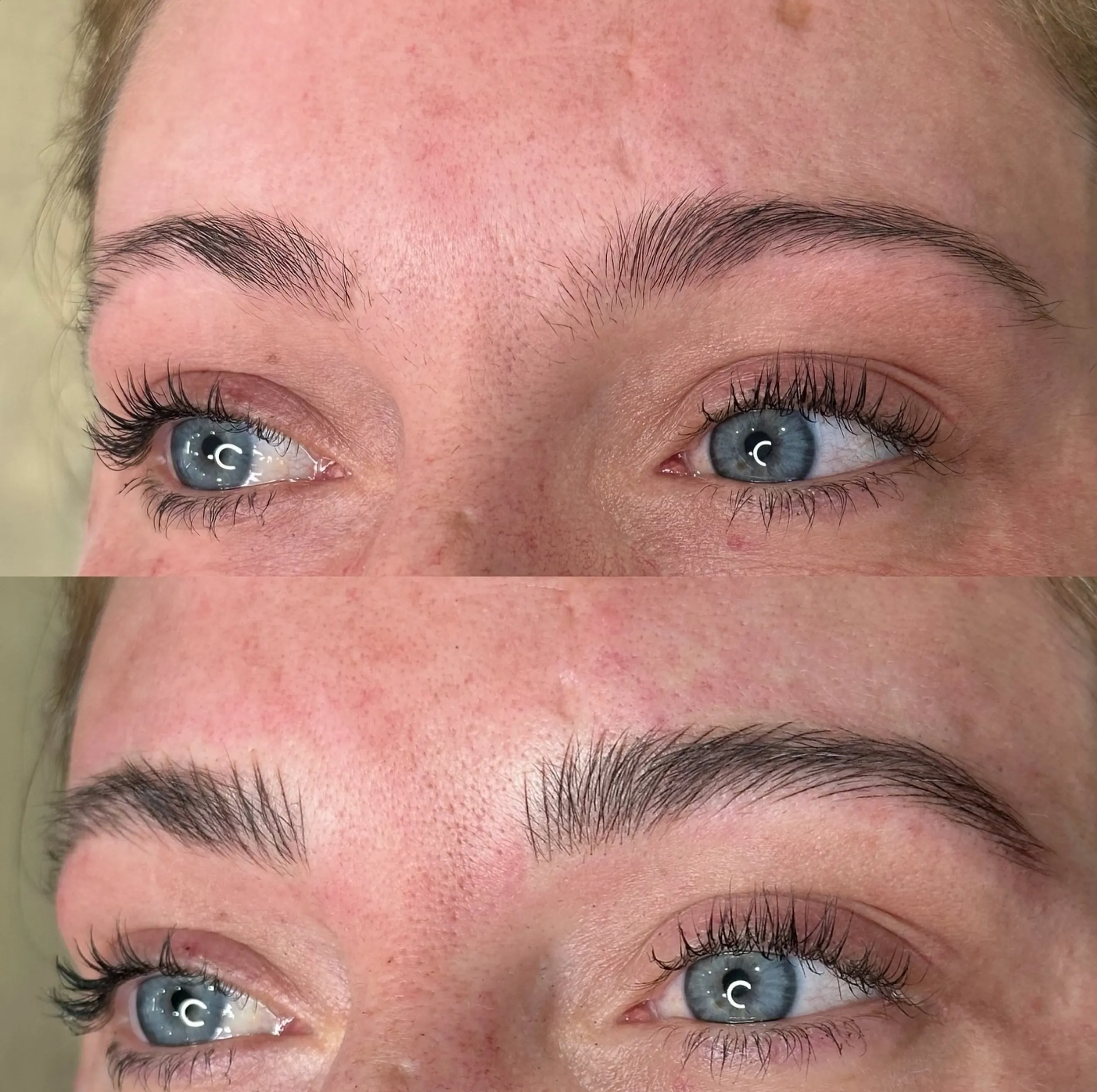
Clients with sparse eyebrows or oily skin will need special treatment. An experienced technician will adapt their technique, maybe using special pigments or combining powder brows with fine hair-like strokes to achieve a natural look. They’ll also give you aftercare instructions to help with healing and pigment retention. Cosmetic tattooing is another option for those who want longer-lasting results.
Conclusion

Choosing the right microblader is the first step in your microblading journey. By asking these questions, you’ll have a safe and happy experience and get stunning, natural-looking brows. Whether you choose microblading, powder brows, or a cosmetic eyebrow tattoo, remember to look for proper training, hygiene standards and open communication with your technician to get the best results.
FAQ
What should I do before my microblading appointment?
Avoid caffeine, alcohol and blood thinning medications for at least 24 hours before your appointment. If you’ve had a chemical peel or facial treatment, wait for the recommended healing time. Keep your skin hydrated, and don’t pluck or wax your brows.
Is it painful?
Most clients report minimal discomfort. A numbing cream is applied to the area to make it more comfortable.
How long is the healing time?
The initial healing time is 7-14 days, but it can take up to 6 weeks for the pigment to settle. Follow aftercare instructions, such as no water and no sun exposure.
Can I wear makeup after microblading?
Don’t apply makeup near your brows for at least 10 days after the procedure. This will prevent irritation and help with healing.
How much?
$300-$800. Touch-ups may be needed. talent. Touch-ups may be needed.
